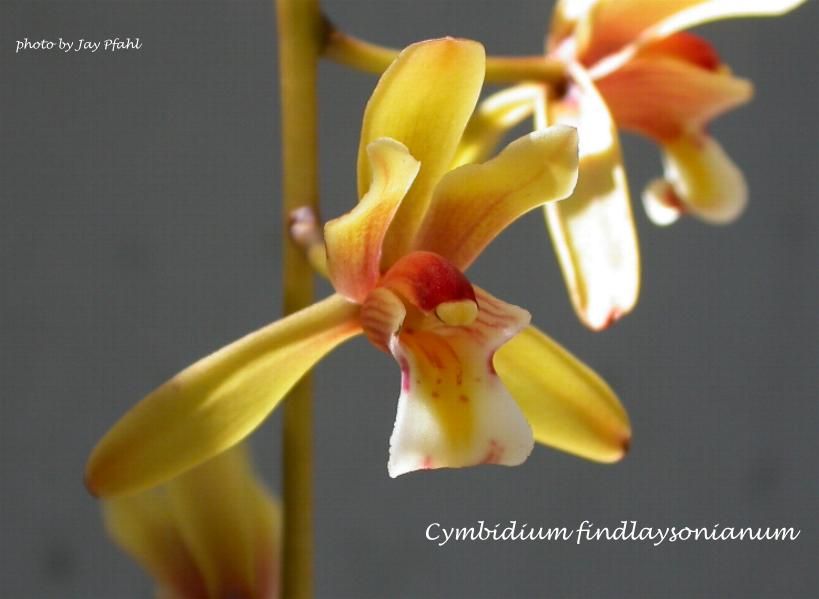Muhamad Walidad: Pondering the fate of black orchid
 WALIDAD: JP/Theresia Sufa
WALIDAD: JP/Theresia Sufa
Accompanied by strains of saxophone music from Kenny G’s “The Wedding Song” coming from his mobile phone, Muhamad Walidad rows a small boat.
He paddles around the orchid park, following the banks of the wide and calm Kapuas River, circling the Tembusu trees that grow densely in Selimbau subdistrict, Kapuas Hulu Regency, West Kalimantan.
Muhamad Walidad, the fifth generation of Panembahan Haji Muda Agung Pakunegara, 23rd in line for the Selimbau throne, is a customary law leader with a strong concern for environmental conservation.
By day, he is an administrative officer at SMPN 1 Selimbau junior high school. His stellar work record earned him the trust of the school management to give lessons on hydroponics. He also became an assistant English teacher at MTS Islamic junior high school, also in Selimbau.
But the 38-year-old spends much of his time watching over the rare orchid park located near the cemetery of the Selimbau kings. He does this out of concern for the environment and as a sign of loyalty toward his ancestors.
“Every week, I conduct a routine patrol together with some cousins and two young leaders here. Using a small boat, we patrol the cemetery complex because in that complex there are hundreds of rare orchids. One of them is the black orchid,” Walidad says.
In 2007, Uju Saharman first found the orchids that grow near the Selimbau royal cemetery complex. He knew about orchids after getting information about the plant from the NGO Riak Bumi and also from an orchid researcher at the Center for International Forestry Research (CIFOR).
“Based on Uju’s report, we have tried watching over that area because the plants are our natural resources, which probably can’t be found easily in other regions.
“The other issue is that the orchids are located only 5 meters from our ancestors’ graves. These are the graves of the Selimbau kings, and some months ago all the Selimbau customary law leaders officially announced the location would become an orchid park,” Walidad says.
To get to the park, visitors must first go through the cemetery complex. In December last year, Kapuas Hulu Regent Tambul Husing named the 4-hectare native orchid park part of a protected forest.
“Apart from the decisions made as a result of an assembly of traditional leaders at the Selimbau Palace in mid-December last year, we issued a warning, not just for Indonesian citizens but also for foreigners.
“The warning says that if an Indonesian citizen is found stealing orchids in that region, they must pay a fine of Rp 2 million (US$185) per orchid. For foreigners stealing orchids, the fine is $2,000. These fines are in place to deter thieves,” he said.
According to Walidad, the issue of most concern at the present is the opening of the area to oil palm plantations. These have been planned by companies around the Lake Sentarum National Park (TNDS). Selimbau subdistrict lies within one of the areas in the TNDS region.
Although still only a plan, the companies’ managements, together with subdistrict staff have held several meetings and are still discussing the proposals with the community. The issue has polarized the community.
“Community members who are against the idea believe that an oil palm plantation could damage the environment, and I’m among the people who reject the oil palm plantation,” Walidad says.
“If that plantation opens, we will lose the forest and all its rare species. Apart from that, we will also lose water because oil palms consume a lot of water. So that’s why I hope this issue will get attention from the government.”
These hopes are based on a 2003 regent decree that established Kapuas Hulu regency as a protected area. The regency houses two national parks, the TNDS and the Betung Kerihun National Park (TNBK).
“It’s better to protect this area. If we can look after nature with a sincere heart and develop it wisely, we will never lack resources.
“We are rich in resources. We have abundant fish in Lake Sentarum, we have tropical forests and the rare orchid. We need help to protect them,” Walidad said.
www.thejakartapost.com

















































